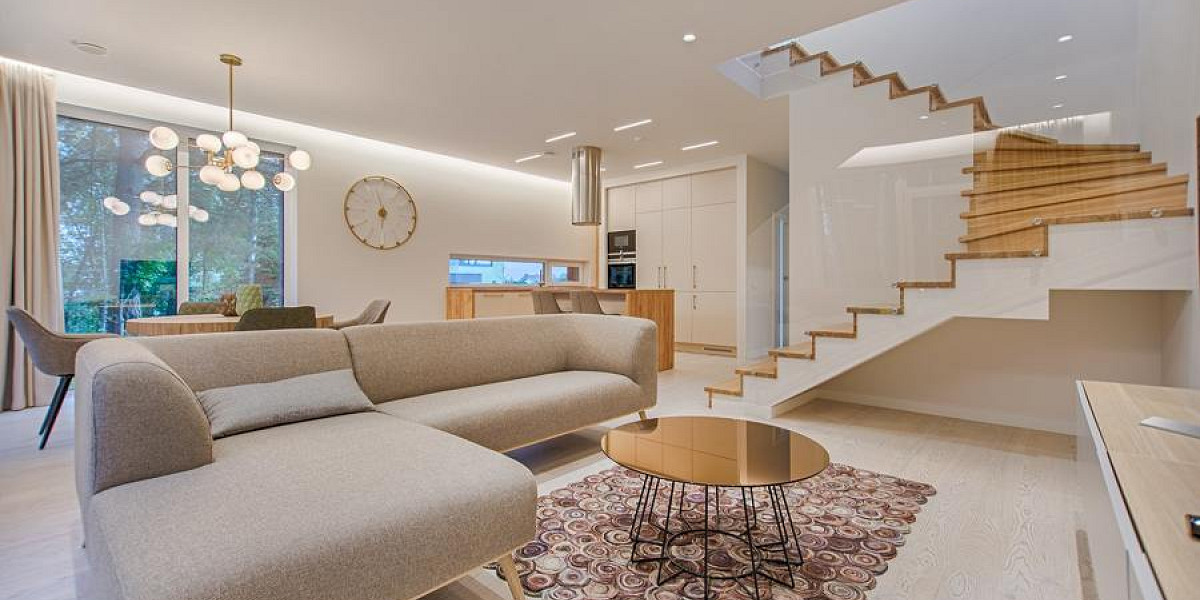Is it legal to merge two homes?
Yes. It is entirely legally feasible to merge two separate homes (apartments, semi-detached houses, etc.) to create a single property. However, the process involves meeting certain requirements and administrative procedures. Below, we summarize the basic procedure.
Requirements prior to merging
1. Authorization from the homeowners' association
- In buildings subject to horizontal division, the Horizontal Property Law requires the approval of at least three-fifths of the owners to carry out the work.
- It is essential to inform and obtain the formal agreement of the community before starting any work.
2. Technical Project and Building Permit
- A technical project signed by an architect is required.
- The corresponding building permit must be requested from the City Council.
3. Municipal Taxes and Fees
- Taxes such as the ICIO (Tax on Constructions, Installations, and Works) are mandatory.
- Additional municipal fees may apply depending on the municipality (waste management, sidewalk occupation, etc.).
Procedure for unitizing homes
1. Obtaining a new certificate of occupancy
- After the construction work, the new home must have a certificate of occupancy adapted to its new characteristics.
2. Registry and cadastral update
- The registration in the Property Registry must be modified to reflect the existence of a single property.
- Updating the information in the Cadastre, which will result in the assignment of a new cadastral reference.
3. Tax review
- Unitizing may entail tax benefits, especially if the new home is intended as a primary residence.
- The IBI (Property Tax) and other municipal fees will be recalculated based on the new cadastral reference, generally resulting in a single fee, often lower than the sum of the previous fees.
4. Utility Consolidation
- Unify utility contracts (electricity, water, gas, insurance, etc.) under a single ownership.
- Consider potential costs associated with notary fees, registration fees, and technical reconfiguration of installations.
5. Review of Community Fees
- It is necessary to agree with the community on the new distribution of fees, since the new home replaces the previous two as a single functional unit.
Can the consolidation be reversed?
Yes. If the situation changes in the future, a technical and legal segregation can be carried out to once again have two independent homes. This can be useful in the event of a sale or personal circumstances (inheritance, divorce, etc.).
What types of homes can be consolidated?
In general, the following can be grouped:
- Semi-detached houses
- Adjacent apartments (on the same floor or one above the other)
- Entire floors of a building
As long as the necessary permits are obtained and the legal and technical requirements are met, merging is possible.
Merging two homes is a perfectly legal and viable process, although it requires coordination with the community, technical advice, and rigorous administrative management. If you are considering this option, consider both the tax benefits and the implications for the community and registry.

